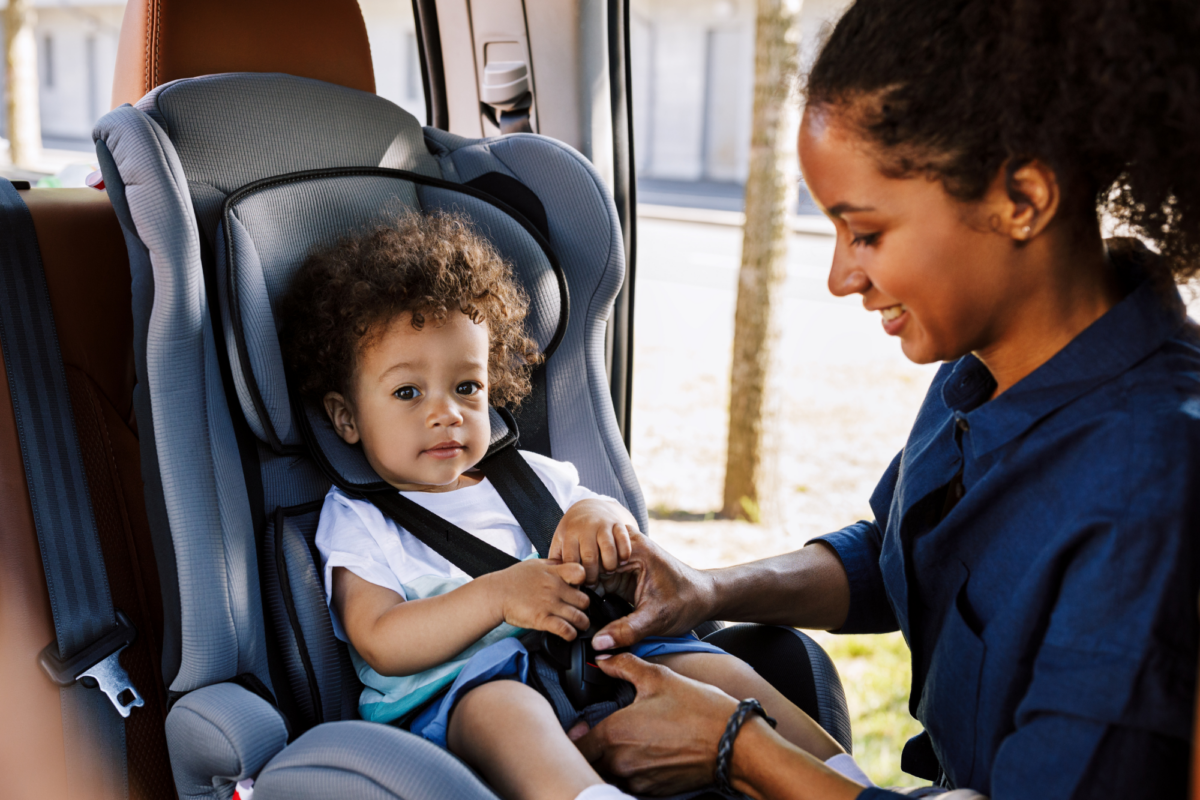On the Road to Safety: Pediatricians’ Education on Car Safety and Booster Seat Usage for Children

Every parent’s priority is the safety and well-being of their child, especially when it comes to traveling in vehicles. As trusted advocates for children’s health and safety, pediatricians play a crucial role in educating parents about car safety measures, including the appropriate use of booster seats based on a child’s size and developmental stage. By providing clear guidance and practical tips, pediatricians empower families to ensure that every car ride is a safe and secure journey for their precious passengers.
Understanding the Importance of Car Safety:
Pediatricians emphasize the critical importance of car safety for children, highlighting the sobering statistics of motor vehicle accidents as a leading cause of injury and mortality among young passengers. They underscore that proper use of car seats and booster seats significantly reduces the risk of injury and saves lives in the event of a crash.
Appropriate Booster Seat Usage:
Pediatricians educate parents about the importance of transitioning children from rear-facing car seats to forward-facing seats and eventually to booster seats as they grow. Here’s a general guideline they provide based on a child’s size and developmental stage:
Rear-Facing Car Seats: Pediatricians recommend using rear-facing car seats for infants and young toddlers until they reach the maximum height or weight limit specified by the car seat manufacturer. Rear-facing seats provide optimal protection for a child’s head, neck, and spine in the event of a crash. Our pediatricians can double-check if an infant’s rear-facing car seat is adjusted correctly if parents bring it into the office.
Forward-Facing Car Seats: Once children outgrow the rear-facing seat, typically around the age of two or when they reach the height or weight limit, pediatricians advise transitioning to a forward-facing car seat with a harness. It’s crucial to follow the manufacturer’s guidelines regarding weight and height limits for proper usage.
Booster Seats: Pediatricians stress the importance of using booster seats for older children who have outgrown the forward-facing car seat but are not yet tall enough to use a seat belt alone safely. Booster seats position the seat belt properly across the child’s chest and lap, reducing the risk of injury in the event of a crash.
Choosing the Right Booster Seat:
Pediatricians offer guidance on selecting an appropriate booster seat based on the child’s height, weight, and developmental needs. They recommend:
High-Back vs. Backless Boosters: Depending on the child’s size and vehicle design, pediatricians may recommend either a high-back or backless booster seat. High-back boosters provide additional head and neck support, while backless boosters are more compact and suitable for older children.
Proper Installation: Emphasize the importance of correctly installing the booster seat in the vehicle according to the manufacturer’s instructions and using the appropriate seat belt routing path. Pediatricians may offer demonstrations or refer parents to certified car seat technicians for assistance with installation.
Regular Checks: Encourage parents to regularly check the fit and condition of the booster seat as the child grows, ensuring that the seat belt rests correctly across the child’s shoulders and hips without slack or twisting.

Advocating for Car Safety:
Pediatricians advocate for policies and initiatives that promote car safety awareness and compliance with booster seat laws and regulations. They collaborate with community organizations, schools, and government agencies to provide education and resources on car seat safety and offer low-cost or free booster seat distribution programs for families in need.
By providing education on car safety and booster seat usage, pediatricians empower parents to prioritize their child’s safety on the road and make informed decisions that can help prevent injuries and save lives. Together, pediatricians and families work towards creating a culture of safety where every child travels securely, ensuring that the journey is as safe and enjoyable as the destination.
